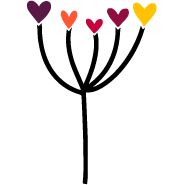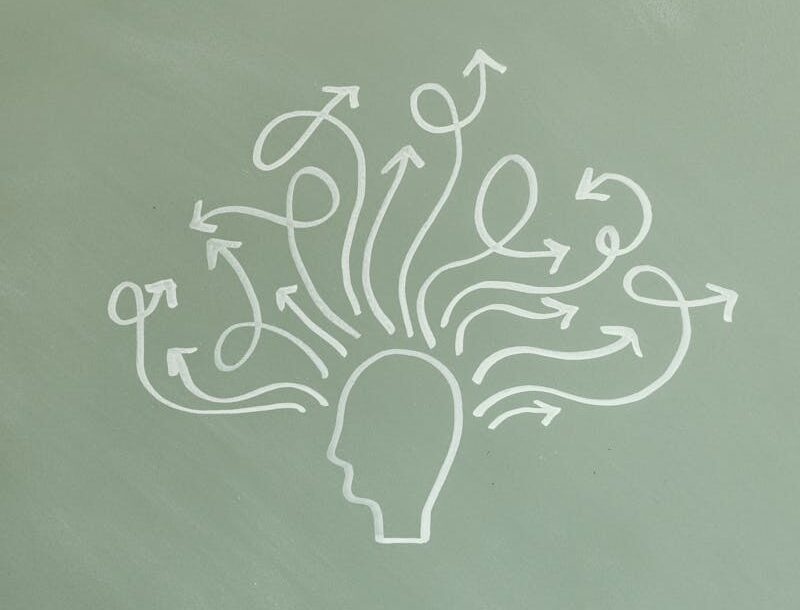We often search for direction in life, uncertain if the strategies we choose are truly right for us—sometimes, we’re not even sure who we really are. To navigate this confusion, we turn to books, seek advice from others, or observe how people around us approach life. On a cognitive level, we adjust our thoughts and behaviors, trying to align ourselves with a particular philosophy or way of living. Yet, more often than not, these efforts feel foreign to us, leaving us feeling lost and disconnected.
In this process, we tend to overlook a vital source of guidance—our own body. While our mind helps us plan and execute, our body quietly communicates with us, revealing the path to personal freedom. Learning to listen to our body might just be the key to discovering our true selves.
The Body’s Voice: An Overlooked Compass
We live in a society that values rationality, where we are conditioned to analyze, decide, and judge using our intellect. Yet, our body—our closest companion—is often ignored. In reality, the body serves as an innate compass, transmitting genuine information about ourselves and our surroundings through sensations, emotions, and physiological responses.
- A tight chest may be signaling that we are suppressing an emotion.
- Stiff shoulders may be a reminder that we are under stress.
- A twisting sensation in the stomach may be a sign of anxiety.
At first, these bodily signals whisper to us. But if we continue to ignore them, they grow louder—sometimes turning into cries for help, manifesting as both physical and psychological distress. Many chronic conditions, whether physical or mental, stem from our failure to listen to our body’s messages in time.
How to Tune Into Your Body’s Signals
To truly hear what our body is telling us, we must first cultivate a sense of bodily awareness. Here are some practical ways to strengthen our connection with our body:
1. Yoga and Body Awareness Meditation
Yoga is more than just a physical exercise—it’s a way to communicate with our body. By focusing on our breath and movement, we become more attuned to bodily sensations, enhancing our ability to recognize subtle signals.
Similarly, body awareness meditation can help. Spending just a few minutes each day scanning our body from head to toe allows us to notice areas of tension or discomfort. This simple practice enables us to identify bodily signals early and take appropriate action.
2. Movement and Exercise
Physical activity is another powerful way to connect with our body. Whether it’s running, swimming, or strength training, movement helps us tune into our physical state. Through exercise, we not only discover our body’s limits but also experience the release of stress and the joy of movement.
Next time you engage in any form of exercise, try consciously listening to your body. How does it feel? Where is it tense? Where does it feel strong? Engaging in this dialogue with your body will enhance both your physical performance and overall well-being.
3. Relaxation and Postural Correction Practices
Practices aimed at releasing bodily tension and improving posture do more than enhance physical alignment—they reestablish deep communication with the body. These moments of awareness offer a valuable opportunity to understand what is causing our discomfort, whether it’s poor posture from long hours of sitting or underlying emotional stress.
By integrating relaxation techniques and postural correction exercises into our routine, we become more adept at recognizing and responding to our body’s signals, ultimately fostering a deeper sense of balance and well-being.
Listening to Your Body: A Path to Self-Discovery
As we start listening to our body, we realize that it is more than just a physical vessel—it is a reflection of our inner world. Through this ongoing dialogue, we gain clarity about our preferences, values, and true needs.
When we learn to listen to our body, we realize that external expectations—whether from society, family, or friends—don’t always serve us. These outside voices can lead us astray, but our body never lies. It is our most authentic inner compass, guiding us toward genuine freedom and a life that truly aligns with who we are.





That’s inspiring, thanks for the article!❤️
Thanks for the comment, it means a lot!